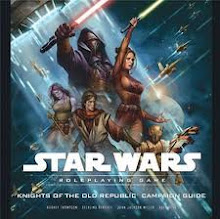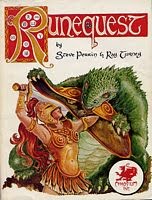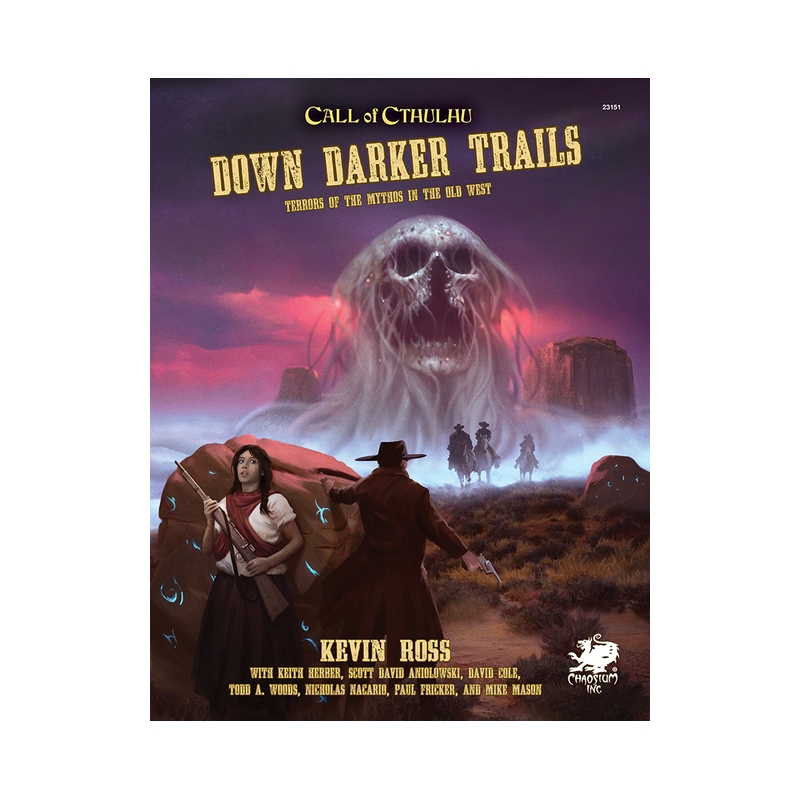
All DM’s rely heavily on the inns and taverns of their world. These are iconic places where, whether it is in-game time or in-between game time, characters ultimately spend more of their life in these places than anywhere else.
If I had to guess, I’d say that 3 out of 4 of my campaigns from around 1978-1990 began with a bunch of characters who didn’t know each other (actually, I had a habit of having at least a couple of PC’s meet on the road to the tavern, just so there is some role-play back n’ forth right off the bat) hanging out in the boozer when some wizard/cleric/nobleman tripped in with a hammer, nail, and poster advertising for a group of stalwarts to go crawling into the local dungeon jobber for one reason or another.
While these public houses are great places to get adventuring gigs, info, and entertainment, they rarely take up large amounts of actual play time. They are usually just places that keep characters from having to hang out in the street or market squares in between dungeon delves. If things are going slow in the game and the characters are listlessly mooning around the beer hall, you can always have a gang of rakish rogues or barbarians march in as fist-fodder to pass some time. Doesn’t matter if it is some fancy uptown establishment, or some half-orc shit hole, a nice dust-up always gets the juices flowing. I almost can never resist creating a bar fight (it doesn’t help that in my younger, more aggro days I got involved in more than a couple of fights at dive bars here in Venice Beach and other places).
I always wanted to run an entire game set in a tavern. Characters drinking, brawling, wenching, gambling, etc. Recently I played a video game called Baldur’s Gate: Dark Alliance, and in your first levels you are hanging out at an Inn that is haunted by an elvish girl’s ghost, who sings a melancholy tune as you drink your ale and chat to the locals. Eventually you get a job clearing out the rats from the basements, and then deeper below where undead stalk around in the catacombs beneath the establishment. It’s great fun and easy to pull off in a low level game, but it doesn’t really count as a “Tavern Game.”
What I always wanted to see was characters mostly taking it easy, having fun on their time off. Play some cards or dice, chat to the lassies, have a brawl or two. An entire game of just hanging out. But in the past it doesn’t seem to take long for players to get antsy about moving on to big fights and big treasure. I mean, you cannot just force them to play out their roles in a tavern for several hours. A lot of it just seems to depend on their mood. If they have been involved in a lot of violent, life or death combat, it seems to make it easier to get them to take it easy and do some character-developing role-play.
So finally in the last game it just sort of happened. The party is still in a large town on the souther frontier. Having just fought wererats and a gnomish automaton below the town, and an alleyway encounter with the drow party from the previous games, the players decided they wanted to hit the big dive bar for a bit of a rest from the mayhem. So we started the game with them traipsing off to Silvio’s.
I’ve used Silvio’s in games of years past. Formerly a violent den of scum and villainy where a party once attacked it to rescues a child held hostage by gangsters, the place was now run by Silvio’s son, who has made attempts to clean the place up a tad. No longer involved in rackets and gangs, Silvio Jr. just wants to make legit money. So the Tavern now had better booze and food, fair card and dice games (and rat roulette), a small stage for bards, and a cage fighting hall downstairs in the basement.
It was the time of the spring festival, and lots of things were happening in town, but the players seemed content to have their characters relax for a bit. I didn’t mind, I just want the players to have fun and sandbox their own evening. So they decided to spend it at Silvio’s (probably prompted and enticed by a flyer I printed out and had a street kid distributing in the game).
Helena the fighter-girl settled down with some rat roulette, while Ormac the gnome and Dell the elvish monk rattled some dice. After jamming with the house musicians a bit, Vaidno the bard picked up on a dark-haired, doe-eyed serving wench who was sending him smiles. But it wasn’t just quiet gambling: Krysantha the female drow fighter/druid with the double scimitars went down to watch the cage fights, and after seeing the mountain of a man “Creature” whipping ass on all takers, she decided to volunteer to take to the cage. All the other characters came down to watch, and hefty bets where laid on Krysantha. With wooden swords Krysantha and Creature wailed on one another, until finally the big man went down like a sack of bricks. Krysantha took on a couple of more fights before striding out of the cage to collect her winnings.
Other characters were waiting in the wings to assist, like the corner handlers in a boxing match . So even though only one character battled, the other PC’s got to be involved, and some went around making bets. Everyone made money. Betting on herself, Krysantha made a few hundred gold pieces.
Helena was the funniest: the young fighter sat herself down at the rat roulette table, and spent a good chunk of the evening making small, one gold piece bets on the rolls. She was so excited to finally get the right rat, and get 3 gold in winnings (after losing around 6). This is a character who had adventured a bit, and had previously earned hundreds. Ah well, maybe she was just happy to make a little cash without having to steal or kill for it.
OK, my Wednesday night games are only around three hours long. I never could have stretched this encounter out to one of my old 6 hour weekend games. Or could I have?
Anyway, that was fun, and the players all want to go back there for an evening before leaving town. I hope this really fun game where not much happened wasn’t a lucky fluke.

























